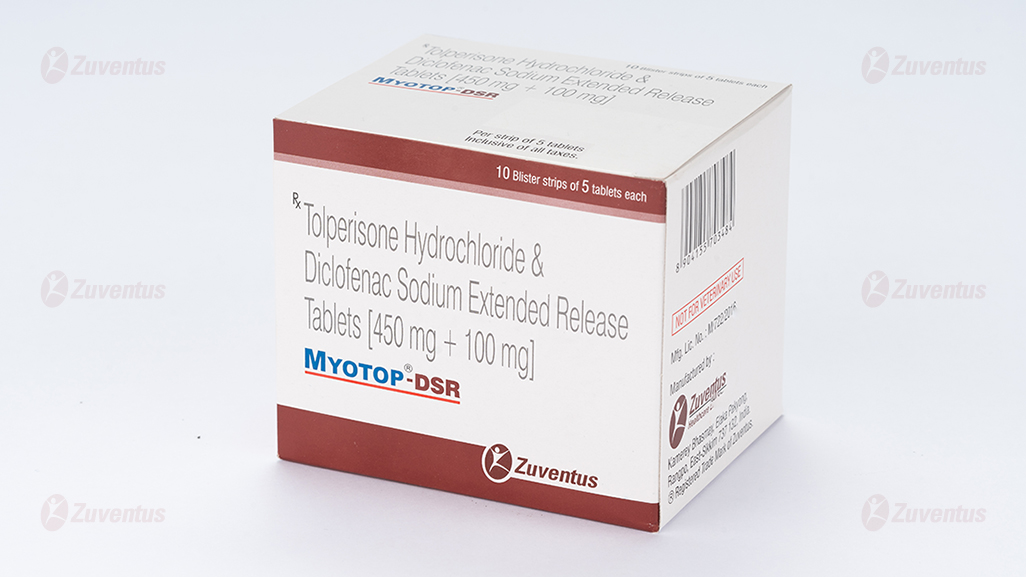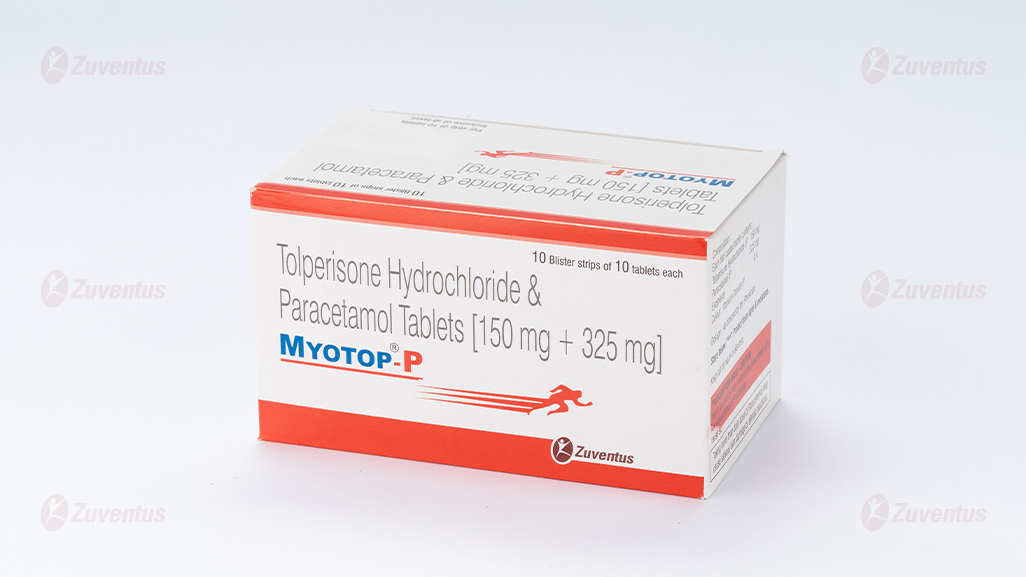A Post-Marketing Surveillance Study of Tolperisone [MYOTOP-150]: It’s Use in the General Clinical Practice in India
![A Post-Marketing Surveillance Study of Tolperisone [MYOTOP-150]: It’s Use in the General Clinical Practice in India](/sites/default/files/styles/news_articles/public/2023-04/22.-Journal-of-Clinical-and-Diagnostic-Research_0.jpg?itok=w6rHsRhh)
ABSTRACT
Background and Objective: Tolperisone hydrochloride is a centrally acting muscle relaxant that has been used for the symptomatic treatment of spasticity and muscle spasm. The present observational study was undertaken to assess the safety and efficacy of Tolperisone (Myotop-150) in Indian patients.
Settings and Design: An observational study involving 92 physicians across the various states of India, who prescribed Tolperisone (Myotop-150) to their patients.
Methods and Material: The demographic exposure and outcome data of the patients who were prescribed Myotop-150 (Tolperisone hydrochloride) were obtained from the completed case record forms which were received from the physicians. Adverse events which were observed during the therapy were recorded. Symptom severity was given a scoring on a 7-point Likert scale before and after the therapy.
Results: Data was collected for 165 patients, with a mean age of 43.88 ± (SD) 11.27 years [Range: 15 to 72 years]. At the baseline, the mean ± SD of the score on the 7-point Likert scale was 4.96 ± 1.01. After treatment with tolperisone, the mean score was 1.87 ± 0.91, with a significant reduction of 3.08 ± 1.14; p < 0.0001. After therapy, 42.04% of the patients reported “no problem”. In 88.02% of the patients who were treated, the physicians rated the treatment with tolperisone as excellent, very good or good. Side-effects were observed in 7.88% of the patients.
Conclusions: The present observational study demonstrates that the therapy with tolperisone is an effective and well- tolerated strategy in patients with diseases or conditions which are associated with spasticity or muscle spasm.
Dewan B, Philipose N. A Post-Marketing Surveillance Study of Tolperisone [MYOTOP-150]: It’s Use in the General Clinical Practice in India. Journal of Clinical and Diagnostic Research. 2011;5(3):561-565.


